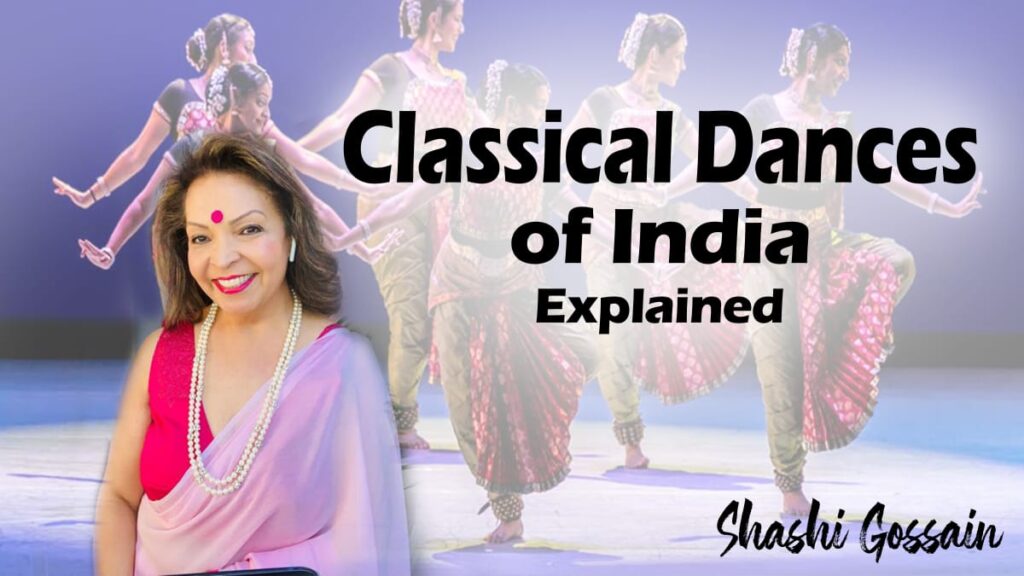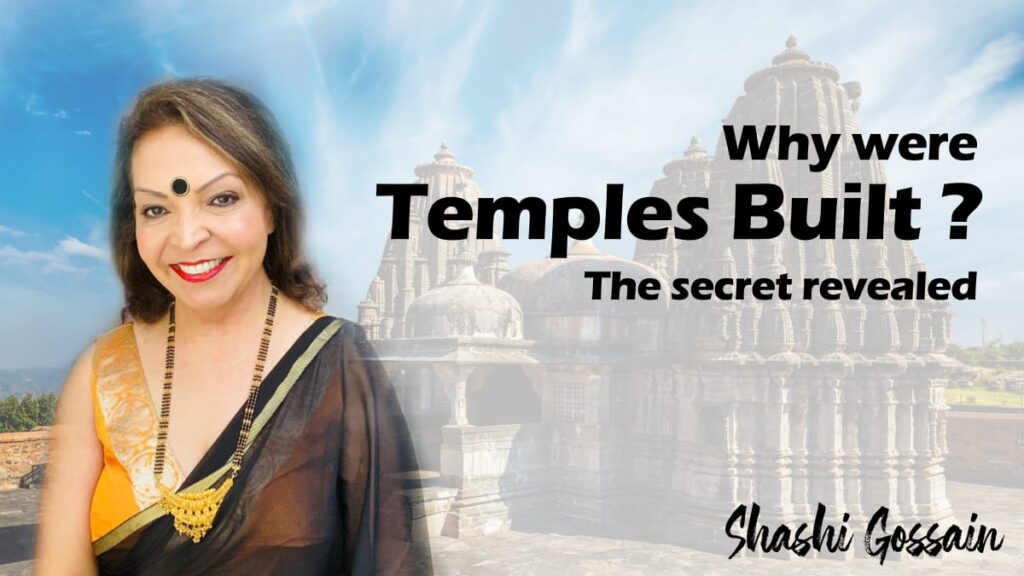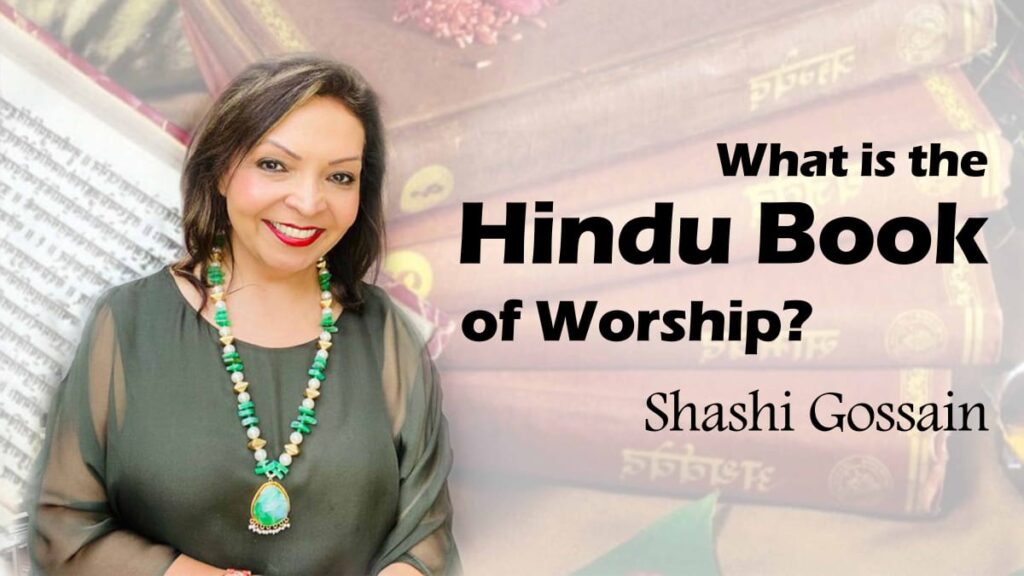Classical dances of India
We are going to discuss about classical dance forms of India. How classical dance forms originated? How many classical dances are there in India? How Lord Shiva and Dance is related? Why Lord Shiva is known as Nataraja?
Hinduism is the oldest religion in the world, dating to more than 5,000 years. Hinduism is written over a collection of sacred texts, called The Vedas, which cover all aspects of our lives. Some archaeological have found illustrated ceramics dating back to 5000 years.
India, as a country, is perhaps the most richly advanced countries in the world, with thousands of years of fine arts, folk & classical dances. With each state having its own language, cuisine, & dance forms.
It is believed that Dance was conceived by Lord Brahma, which was revealed to Sage Bharat Muni, who compiled the rules & regulations of the performing arts, called “Natya Shastra”, from which dance & drama emerged.
Lord Shiva is also called “Natraja”, or the King of Dances. His dance is called Tandav, which is a cosmic dance that delicately balances life & death & universe in a harmonious cycle, the pose & artwork is depicted in many ancient temples.
Where have the classical dances of India originated from?
The classical dance forms originated in temples to worship & entertain the Gods & Goddesses, and over a period of time, expressions & themes from social life & experiences, gave rise to different styles.
They were effective in conveying mythological stories from generation to generation, while entertaining the audience.
Classical dances are very strictly composed, with emphasis on grace & pose. It can take many years for a professional dancer to master the art.
In contrast, there are Folk dances in India, which are usually group dances, not necessarily performed by professionals, but non the less exude enthusiasm & energy e.g.
Bhangra in Punjab, which is in celebration on harvesting the crops.
Garba in Gujarat performed during Navratri.
How many classical dances are there in India?
There are 8 basic Classical dance forms.
Bharatanatyam:
The oldest dance form, originating in Tamil Nadu.
Bha: bhava i.e emotions
Ra: rag i.e musical notes
Ta: taal i.e rhythm
Natyam: Sanskrit for drama
It includes expressions, music, beat & rhythm, with geometrical positions, extended limb lines, strong footwork & intricate hand gestures. Dramatic makeup & colorful Eye-catching seven-piece sari is worn with heavy jewelry.
Kathak: Uttar Pradesh
“Katha”, means the art of story-telling. It originated in the temples, & was danced to the recitations of mythological stories from Ramayana & Krishna, using the delicately expressive eyes & linear body language.
Its characterised by intricate foot-work, fleeting arm movements, spins & dramatic stillness. Heavy ghungroos are worn on each foot, which convey many types of sound from a “pattern of rain” to “gallops of horses”.
Kathak became very popular in the Moghul courts due to its grace & sensuality.
There are 4 main schools or gharanas :
- Jaipur,
- Lucknow,
- Raigarh,
- Banares, with slight variations in technique. Chudidaar frocks or ghagra-choli were worn with light makeup & emphasis on dramatic eye makeup to emphasize expression.
Odissi : State of Orissa
It’s a very graceful, passionate & sensuous form of dance-drama, devoted to Lord Shiva & Surya, using intricate hand gestures called Mudras appearing like waves in an ocean.
They were very popular in Shri Jagganath Temple & you can find a lot of sculptures in various dance poses inside the temple.
The costume was usually a sari for women & dhoti for a man. A crown is worn by female dancers, with white flowers around the bun & silver jewelry. Ghunghroos are also worn.
Kuchipudi: Andhra Pradesh
This is considered one of the most difficult dances & developed into a solo dance, performed by both men & women.
The dance-drama depicted stories about Lord Vishnu, Lord Krishna & Rukmini.
There’s a slight overlap of styles from Bharatnatyam & Odissi, but the difference is that it uses mime & speech in the narration too.
The costume is a sari with dramatic makeup.
This dance originated from a village called Kuchpudi in Andra Paradesh, and this village was gifted to the Brahmins in 17th century who were experts in staging dance & drama.
Kathakali: from Kerala
Kathakali means the “art of storytelling”, which is basically a Dance-drama.
This one is probably one of the most attractive, dramatic, and elaborates forms of classical Indian dance. It is considered one of the most magnificent theatres of imagination and creativity, with movements influenced by ancient martial arts and athletic tradition.
Kathakali was traditionally a male-dominated dance, but now females are performing too.
It is also famous for its huge elaborate costumes, amazing make-up style, face masks, and ornaments.
Unlike other Classical Dances, Kathakali art form developed in the courts and theatres of Hindu principalities, with themes derived from the Ramayana, the Mahabharata, and other Hindu epics, mythologies, and legends.
Mohiniyattam: Kerala.
“Mohini”: beautiful women & “attam”: dance.
Thus, Mohiniyattam dance form is a beautiful soft & gentle feminine style with surging flow of body movements.
Elaborate hand gestures and facial expressions are used in a very fluid form.
The costumes are usually White/Off-White Costume with heavy ornaments make it unique.
Manipuri :Manipur
A pure spiritual experience, based on romance of Radha and Krishna.
The beautifully soft and graceful dance form has significant movements of hands and upper body. A curvy body structure with a pleasant smile, decorative, shiny costumes, and ornaments, Manipuri is indeed a mesmerizing dance form.
Another uniqueness of this dance form is that, while Ghunghroos (Bells) glorify the classical dances of India, they are not worn in Manipuri.
The costumes of Manipuri dance-
- The female dancers wear decorative barrel-shaped drum-like long stiff skirts to the bottom with decorative embellishments. A dark-colored velvet blouse covers the upper part of the body and a traditional veil is worn over hair that falls gracefully over the face.
- The male dancers adorn themselves with a dhoti kurta white turban, a folded shawl over the left shoulder, and the drum strap over the right shoulder.
- The costume for the character of Lord Krishna is a Yellow dhoti, a dark velvet jacket, and a crown of peacock feathers.
Sattriya : Assam.
It is influenced by Vaishnavism and the modern form of Sattriya is attributed to the 15th century Bhakti Movement Scholar and Saint Srimanta Sankaradev.
Since 15thCentury, Sattriya grew as a part of Vaishnav Bhakti Movement in Hindu Monasteries called ‘Sattra’, which were the dance community halls of monastery temples.
The themes performed are mostly on Radha-Krishna and other myths, & Dramas written by Sankardev are typically presented.
Both male and female perform this beautiful, expressive dance openly on the modern platform.



